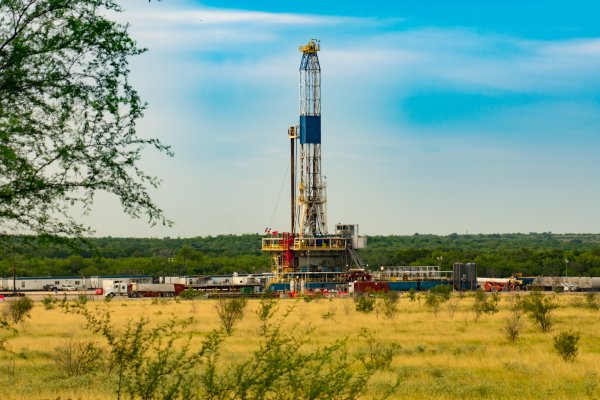Shale gas revolution has dramatically changed the energy landscape of North America. Despite this enormous success, significant technological challenges remain, and the flow and production mechanisms of shale gas are far from fully understood. The proposed research presents a multiscale study of the fundamentals of gas transport dynamics using a multi-physics approach. The project recognizes that methane is in a supercritical fluid state at the in-situ reservoir condition and desorption of the adsorbed gas from nanopores of the kerogen exhibits both non-monotonic and hysteresis behavior. In order to characterize and model the complex flow behaviors, experimental investigations and theoretical modeling will be conducted in this study.
The work will be started with the kerogen separation and followed by characterization of kerogen pore structure and sorption kinetics by using the state-of-the-art small-angle neutron scattering (SANS). Then we will measure the sorption and diffusion behaviors at reservoir-like conditions. At the same time we will employ first-principles calculations, and molecular dynamics (MD) and Monte Carlo (MC) simulations to study methane desorption and diffusion from a supercritical-fluid state and investigate fundamental gas transport mechanisms in nanopores in the presence of non-equilibrium desorption. For the multiscale shale porous kerogen, a multi-mechanistic and multiphysics apparent permeability model will be derived and validated with respect to the experimental data. With this multiscale, multiphysics and laboratory data validating strategy, the fundamental physics of shale gas production can be uncovered and utilized to unlock the true potential of shale gas reservoirs.






